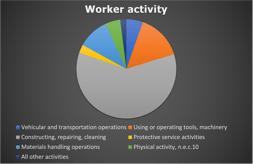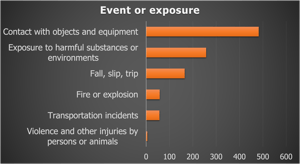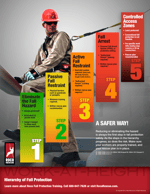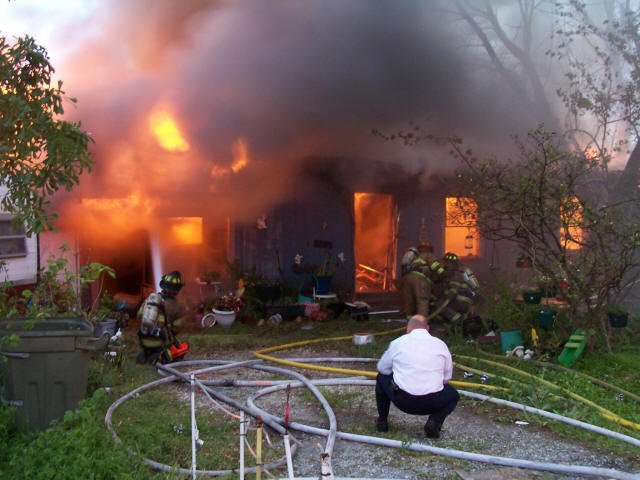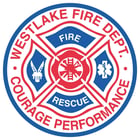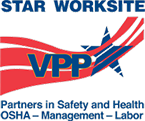As you're planning for your annual OSHA compliance, maintaining certifications, or training new rescue team members, take a look at our 2022 Open Registration dates. And if you're planning training for your whole team, get a quote for a private course.
See typical course progressions on our Paths Chart:

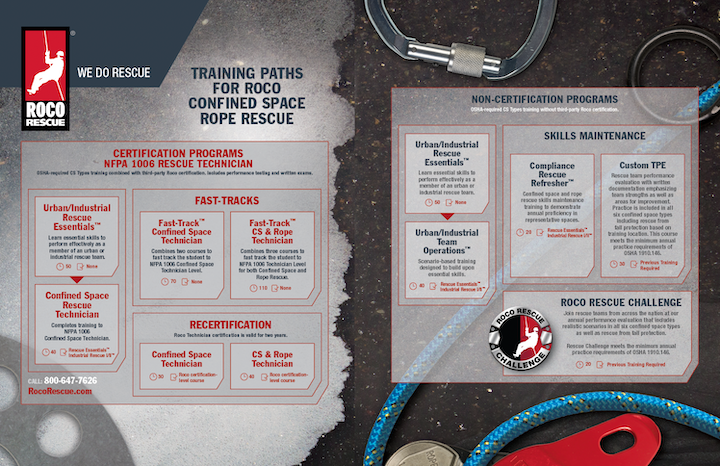

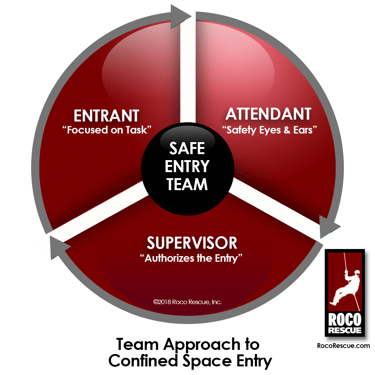
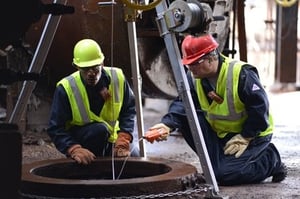
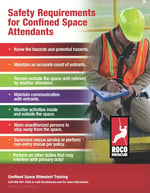
 Lexington, MA:
Lexington, MA:
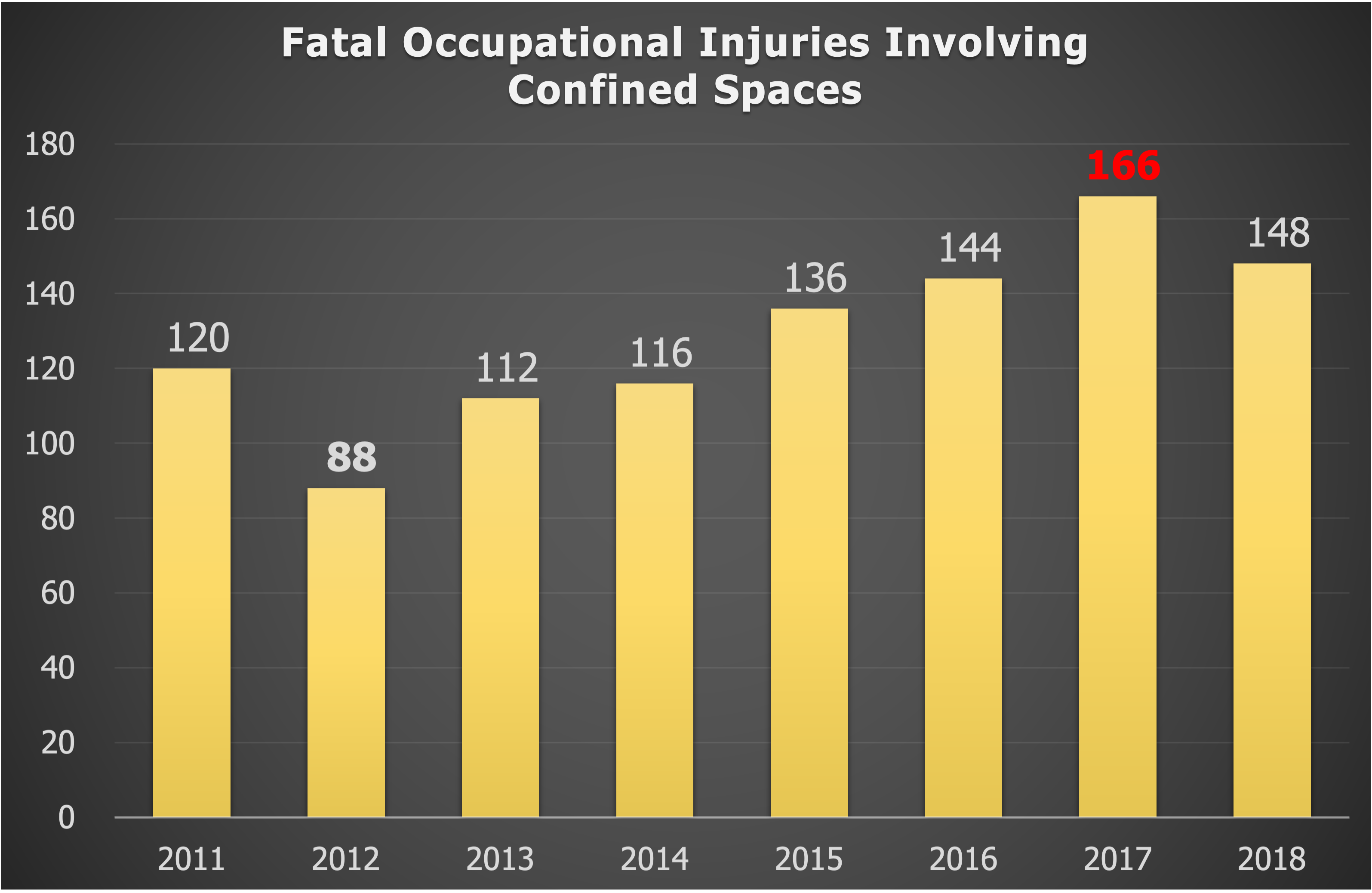 The 2011 to 2018 average was 128 deaths per year, up from 96 in 2005-2009, and the trend was a consistent increase from 2013 through 2017. Only one state (Rhode Island) experienced no confined space fatalities during this period. This is yet another notable increase, as only 28 states recorded fatalities in 2005-2009.
The 2011 to 2018 average was 128 deaths per year, up from 96 in 2005-2009, and the trend was a consistent increase from 2013 through 2017. Only one state (Rhode Island) experienced no confined space fatalities during this period. This is yet another notable increase, as only 28 states recorded fatalities in 2005-2009.